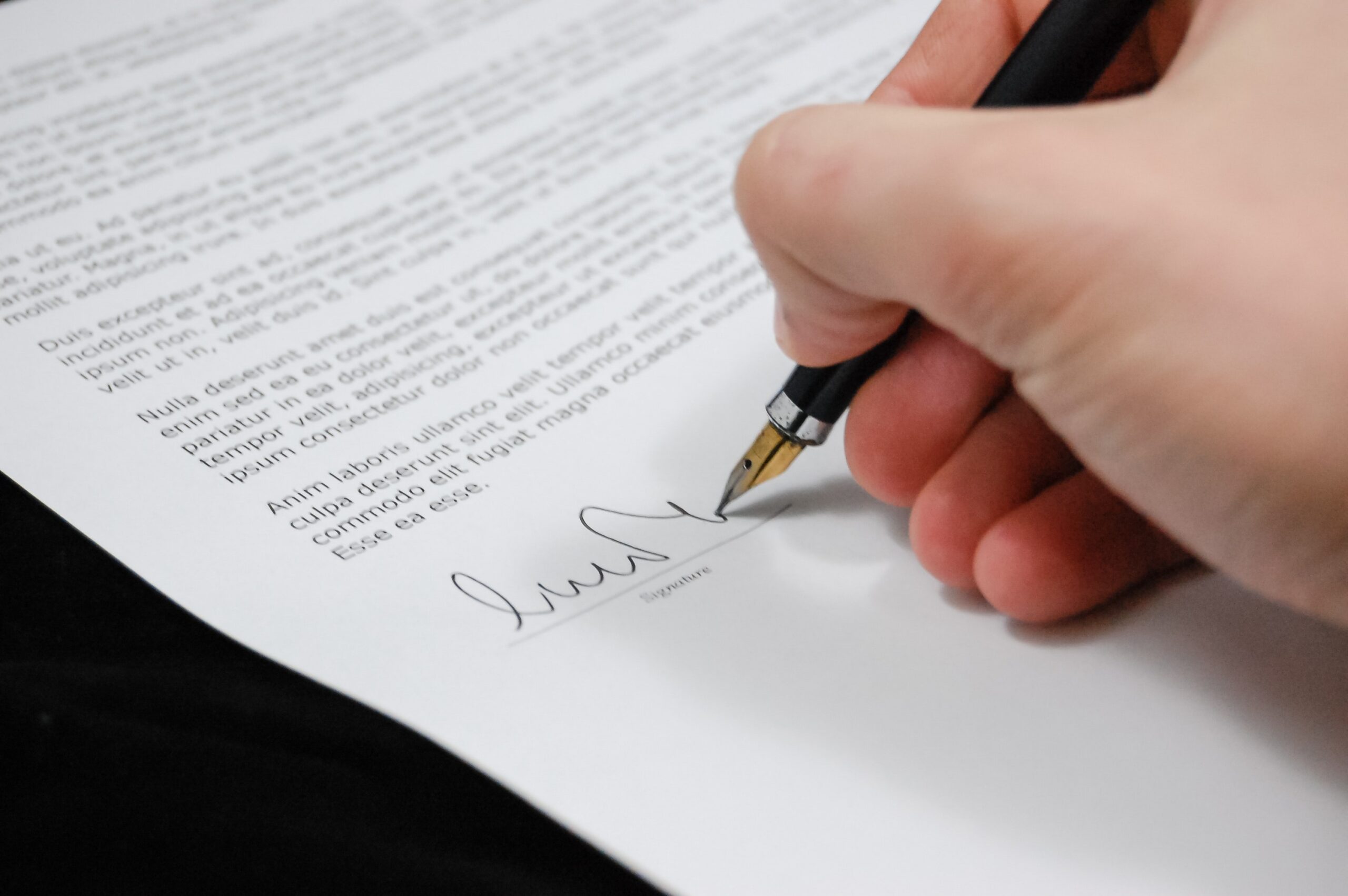Raise your hand if you have ever had to read a legal document so heavy and filled with legal jargon that you just gave up. Now raise it again if you’ve tried but failed to decipher a privacy policy or understand a convoluted customer compliance document. You are not alone. In fact, there is a reason and a solution to this recurring problem in the legal world.
In her TWW podcast episode, Electra Japonas, founder of The Law Boutique explains the beneficial role that Legal Design can play in aligning legal documents with their end users and the importance of involving in-house legal teams from the get-go.
After having worked in-house for ten years, Electra was certain about two things:
- Many commercial companies are not getting the most out of their legal teams. More often than not, lawyers are called upon when there is a problem or someone wants to take a risk. They aren’t involved as part of the product design project, which leads to unnecessary delays when things require adjusting at the last minute.
- Lawyers tend to forget who the end user is when drafting legal documents. It’s not the judge! As a result, you often end up with documents that are no more than expensive insurance policies because the people who it applies to don’t understand it and can’t engage with it.
“There needs to be a better way to deliver law, in a more commercial way.”
Enter Legal Design
Legal Design essentially comes down to applying design thinking techniques to the law. It’s about re-thinking your priorities and putting the end-user center stage. Whilst it is clearly important to draft legally correct documents, it is equally important for them to be operational. Those that are not, cause negotiation and product launch delays, don’t align with a brand’s tone of voice and leave customers asking questions that could easily be avoided. The difficulty is that businesses, especially the small ones, don’t want to invest the money into legal design from the start. People usually only come when they’ve felt the pain of the problem and really need a change.
Enter the Engaged Legal Team
Part of making Legal Design a success is ensuring the value of a legal team is leveraged from the start. The key lies in bringing legal in as part of the product team and to see them as a growth enabler. Electra illustrates this point with the following example.
Imagine you are designing a new feature on an app. That comes with a lot of legal considerations, including for example data privacy. If you don’t have a lawyer involved from the start, telling you that you must think about integrating backend procedures to manage users’ data, you will have to make these changes later on, at the last minute.
Things just keep getting better!
Since speaking to Electra on the podcast, a lot has happened over at The Law Boutique. Electra and Roisin Noonan (COO of The Law Boutique) have launched oneNDA, an initiative on a mission to universally standardize Non-Disclosure Agreements, in an effort to reduce legal work and speed up business dealings. Want to know more about why there is an urgent need to standardized NDAs? Electra explains it all on an episode of her new, very own podcast, The Optimized Lawyer.
Curious to learn more about Legal Design and Electra’s experience as a legal entrepreneur and business founder? Give the episode below a listen now. She also shares some great advice for students interested in a less traditional legal career and what you can do to help you get there.
